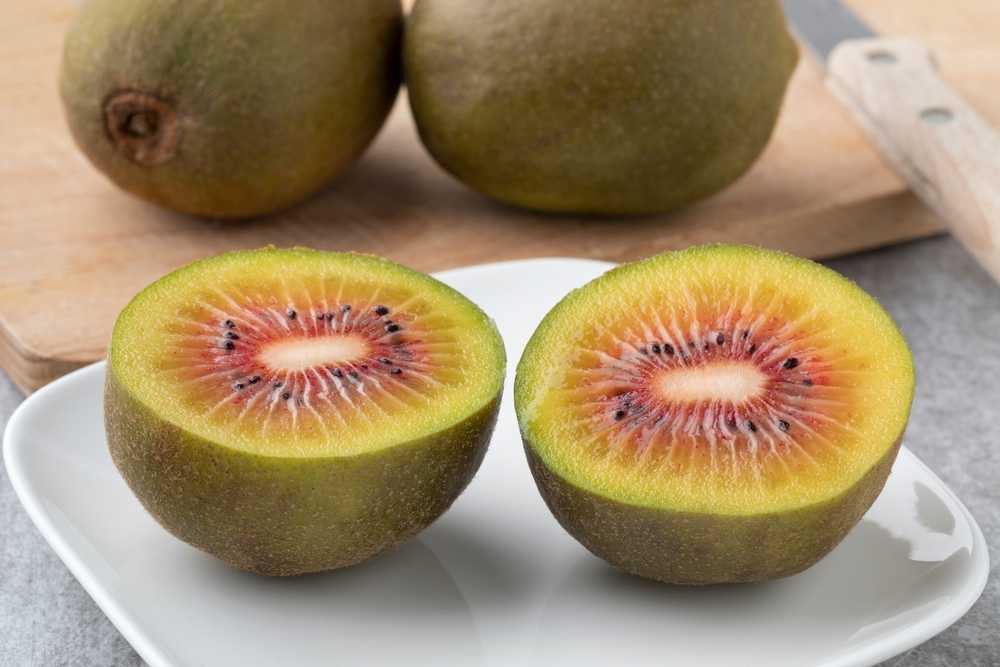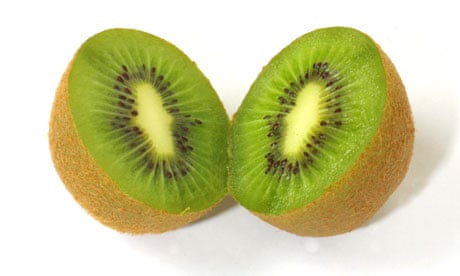Exploring the Unique Features and Interesting Biology of Kiwi: A Comprehensive Study
Welcome to the fascinating globe of kiwi! Prepare to be amazed as we discover how kiwis have adjusted to their flightless existence and find their ecological value.
Physical Qualities
What are the physical features of a kiwi bird? Well, let's dive right in! The kiwi bird is a tiny, flightless bird belonging to New Zealand. It determines concerning 12 to 14 inches in height and weighs around 2 to 7 extra pounds. One of the most distinguishing characteristics of the kiwi bird is its long, slim costs. This bill is not only made use of for feeding, yet likewise for excavating burrows in the ground.
The kiwi bird has a special plumage, with soft, hair-like feathers that resemble hair. Unlike the majority of birds, the kiwi has little wings that are concealed below its feathers and are not functional for flying.
An additional intriguing physical attribute of the kiwi bird is its nostrils found at the suggestion of its expense. This adjustment allows them to sniff out pests and worms, their main source of food, in the fallen leave trash on the forest floor (what do kiwis taste like). In addition, the kiwi bird has big, round eyes that are adjusted for low-light conditions, as they are mainly nighttime
Feeding Routines
To understand the feeding habits of the kiwi bird, you require to observe its foraging habits and nutritional preferences. These birds utilize their strong feeling of scent to discover prey hidden under the surface, and after that use their bill to remove it.
In addition to bugs, kiwis also take in fruits, seeds, and berries. Kiwis have been observed feeding on a broad range of plant varieties, showing their adaptability to various food sources.
Interestingly, kiwis do not have a crop, which is a customized component of the digestive system discovered in lots of birds. Rather, their food passes straight from the esophagus to the stomach. This may be a result of their one-of-a-kind evolutionary background and ecological specific niche.
Reproduction and Breeding
Currently allow's dig into the interesting world of kiwi recreation and reproduction, building upon our previous exploration of their unique feeding habits. They are virginal birds, suggesting they form long-term pairs.
Reproducing period for kiwis typically takes place in between June and March. During this time, the women kiwi will certainly lay one to two eggs, which are unusually huge compared to the bird's body dimension. Actually, kiwi eggs are the largest of any bird in percentage to body weight. After the eggs are laid, both the man and female take click transforms breeding the eggs, with each taking shifts that can last approximately 12 days.
As soon as the chicks hatch out, they are born fully feathery and able to see (what do kiwis taste like). They are likewise rather precocious, suggesting they have the ability to look after themselves reasonably rapidly. However, also after the chicks have actually hatched out, the parents remain to provide treatment and protection for them up until they are totally independent, which can take numerous months.

Adjustments to Flightless Presence
As a flightless bird, the kiwi has actually undergone several changes to its anatomy and actions that permit it to prosper in its special atmosphere. Unlike other birds, kiwis have tiny, vestigial wings that are virtually pointless for flying.
An additional adjustment that kiwis have developed is their solid legs and feet. These functions allow them to efficiently stroll and run, making up for their failure to fly. The kiwi's legs are muscle and positioned far back on its body, providing it with a low center of gravity and optimal equilibrium. In addition, its feet are equipped with sharp claws that help in excavating and foraging for food.
In order to survive without the capability to fly, kiwis have additionally established an eager sense of scent. Their long, this slim beaks house very sensitive nostrils, permitting them to find bugs and worms under the forest floor. This impressive adaptation aids kiwis locate food resources and maintain a balanced diet regimen.
Ecological Significance
The environmental value of kiwi lies in their role as essential seed dispersers in their indigenous environment. As they relocate through the forest floor, kiwi forage for bugs, worms, and a range of plants.
The kiwi's capacity to spread seeds is important for keeping the biodiversity and equilibrium of their ecosystem. By spreading seeds across various areas, they add to the growth and abundance of different plant types. Subsequently, these plants give food and sanctuary for various other pets, basics developing an internet of interdependencies within the ecosystem.
Furthermore, kiwi play an important function in regulating the population of certain plant species (what do kiwis taste like). Some plants produce an excessive number of seeds, which can lead to overcrowding and limited sources for various other plants. By eating and dispersing these seeds, kiwi assistance control the growth of such plants, ensuring a healthier and much more varied community
The environmental value of kiwi prolongs beyond their function as seed dispersers. Their burrowing behavior additionally adds to dirt aeration and nutrient recycling, improving the overall wellness of the woodland floor. Furthermore, their feeding practices can aid regulate insect populaces, minimizing the danger of pest episodes that can hurt plant life.
Conclusion
In verdict, discovering the unique features and fascinating biology of kiwi discloses its physical characteristics, feeding habits, recreation and breeding patterns, as well as its adaptations to a flightless existence. With its distinguishing characteristics and ecological relevance, the kiwi works as an impressive example of nature's diversity and adjustment. By appreciating the kiwi and recognizing's role in its ecosystem, we can better advertise conservation efforts to ensure the preservation of this impressive types for future generations.
